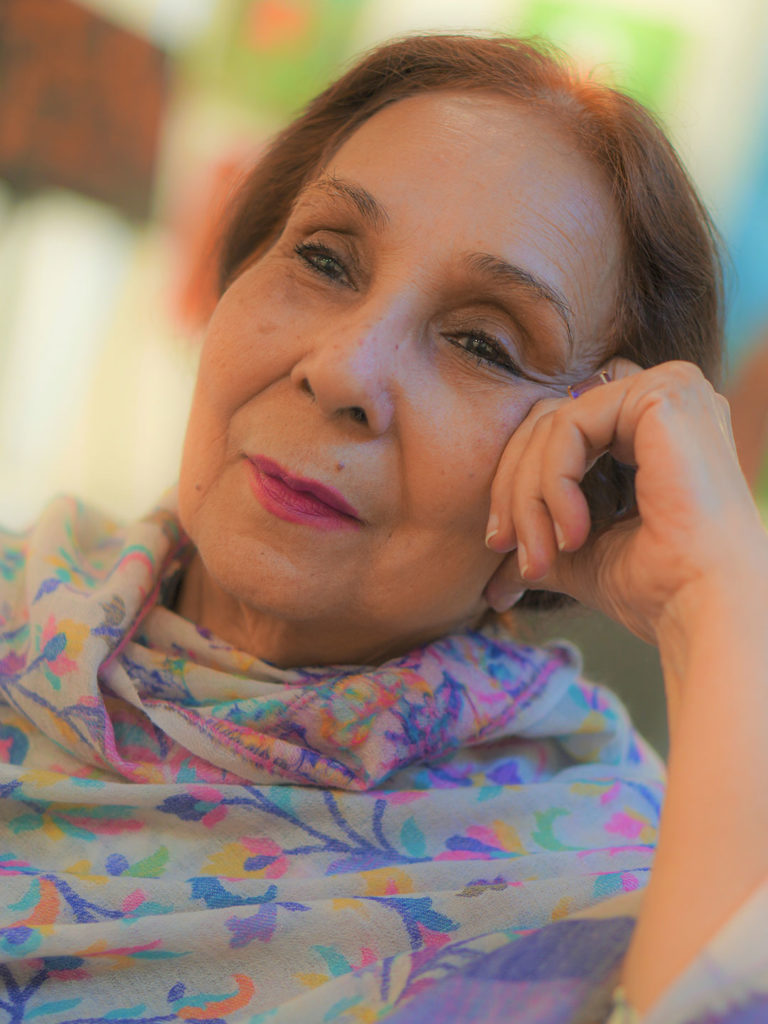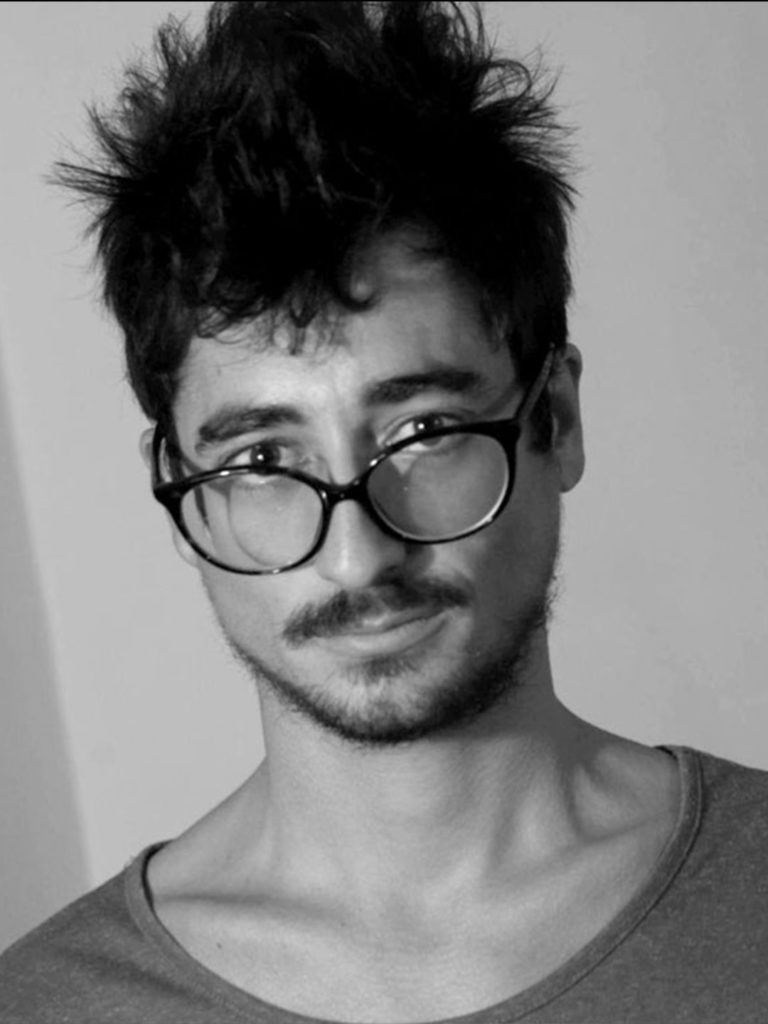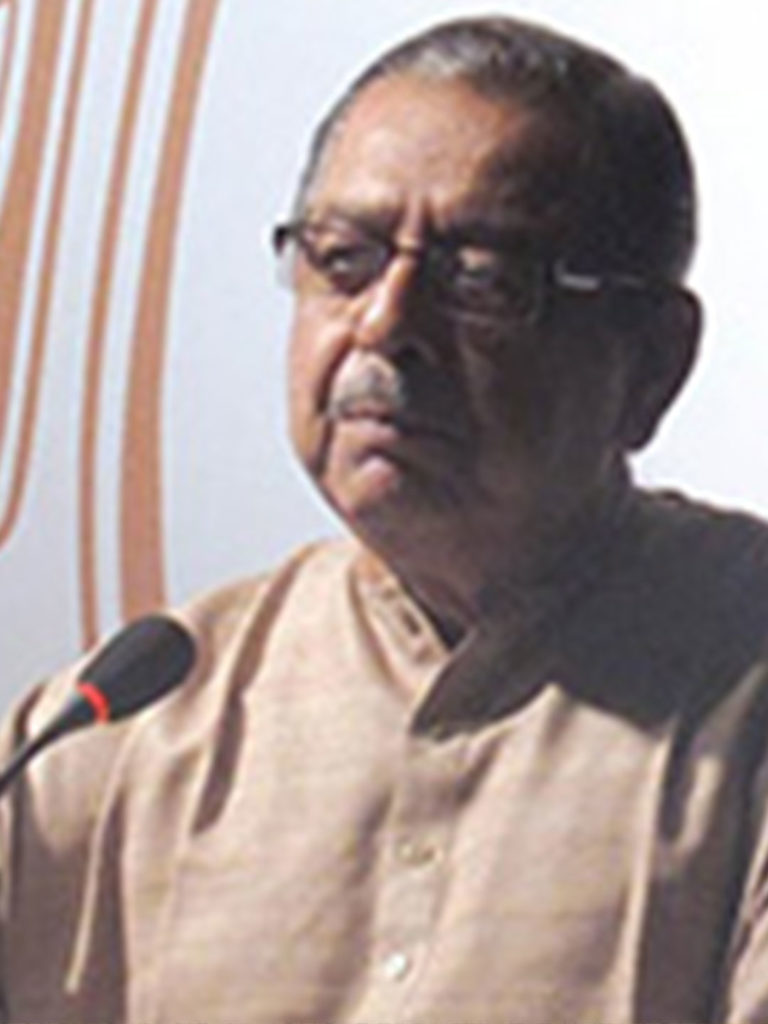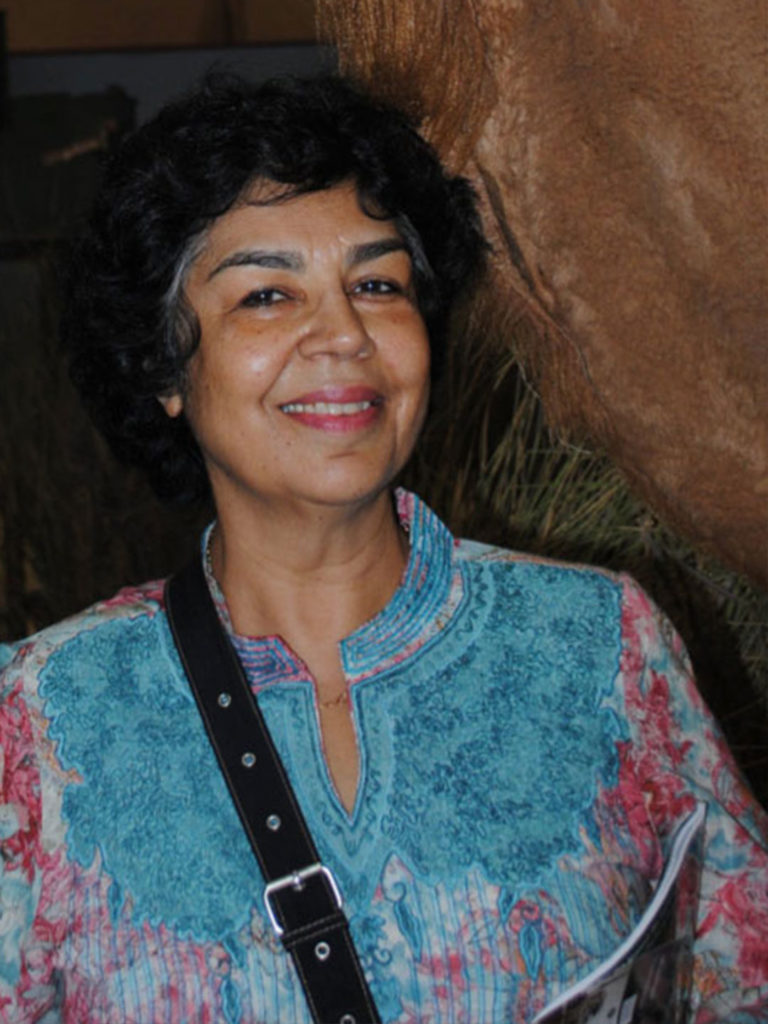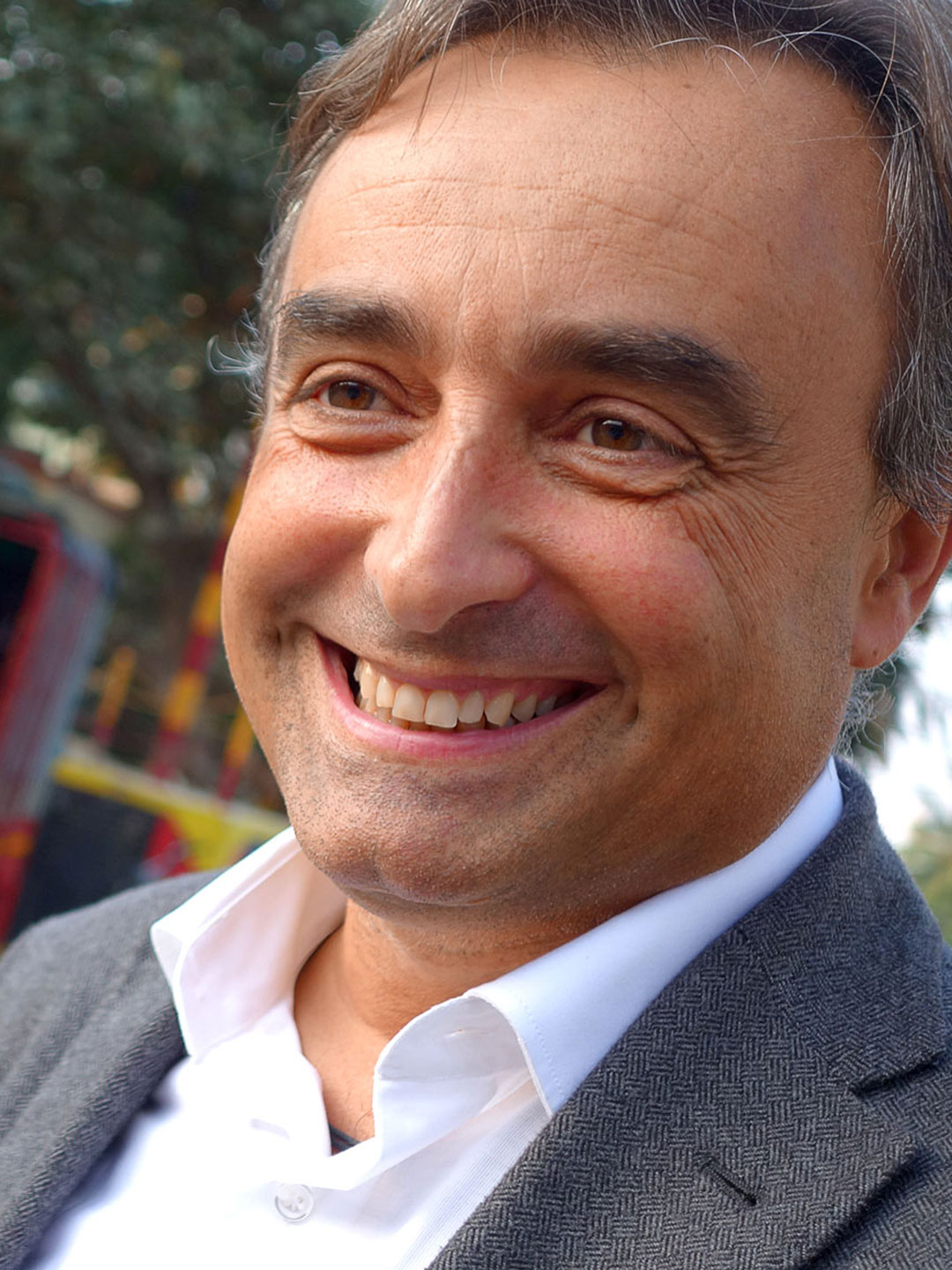
Alberto Moioli
Magic of colours, poetry of gestures Sen Shombit is a painter who stirred my deepest emotions with excitement. His extraordinary humanity arising from his heart is made visible both through his sincere eyes and in his paintings, which naturally continue his “artistic gestures.”
Sen’s Gesturism Art: “Sen manages to quiver the strings of man’s inner being thereby creating profoundly harmonious sensations of psycho-physical well-being. Once you watch his paintings, you can continue to feel them inside you for a long while with your eyes closed.”
Indian soul, France in his eyes, poetry in his heart: This is Sen. His magic alchemy comes from the perfect blending of India’s exceptional spiritual treasures with the artistic cultural richness that Sen breathed in Paris. This is further strengthened by Sen’s innate sensitivity at the junction point where every gesture creates poetry bringing great harmony that fascinatingly shines throughout all his paintings.
“Colour is a power which directly influences the soul,” wrote Russian painter and art theorist, Wassily Kandinsky, in ‘Concerning the Spiritual in Art.’ He continued: “Colour is the keyboard, the eyes are the hammers, the soul is the piano with many strings. The artist is the hand that plays, touching one key or another purposively, to cause vibrations in the soul.”
Similarly, Sen manages to quiver the strings of man’s inner being thereby creating profoundly harmonious sensations of psycho-physical well-being. Once you watch his paintings, you can continue to “feel” them inside you for a long while with your eyes closed.
Sen’s paintings inflame imagination and touch the heart: Each colour plays a role with precise meaning within his pictorial fabric. Each detail is managed with great care and sensibility thus entering the observer’s heart, the way it happens for instance when you watch Sen’s Homage to Millet’s Angelus.
Sen’s interpretation of The Last Supper (‘Leonardo Labyrinth’) participates with a contemporary perspective into a key event narrated in evangelical Gospels. Since ancient times this has been dealt with by Giotto, Andrea del Castagno, Tintoretto, Bouts, Domenico Ghirlandaio, Signorelli, Duerer and many others, including Leonardo da Vinci.
At Museo Arte e Scienza Sen presents a painting which converses with Leonardo’s masterpiece, re-interpreting his famous Supper with a skillful and challenging de-composition in 24 canvasses. The viewers can thereby re-compose the 24 fragments to approach Sen’s poetic painting through interaction, and so enchantingly enter Leonardo’s contemplative labyrinth.







